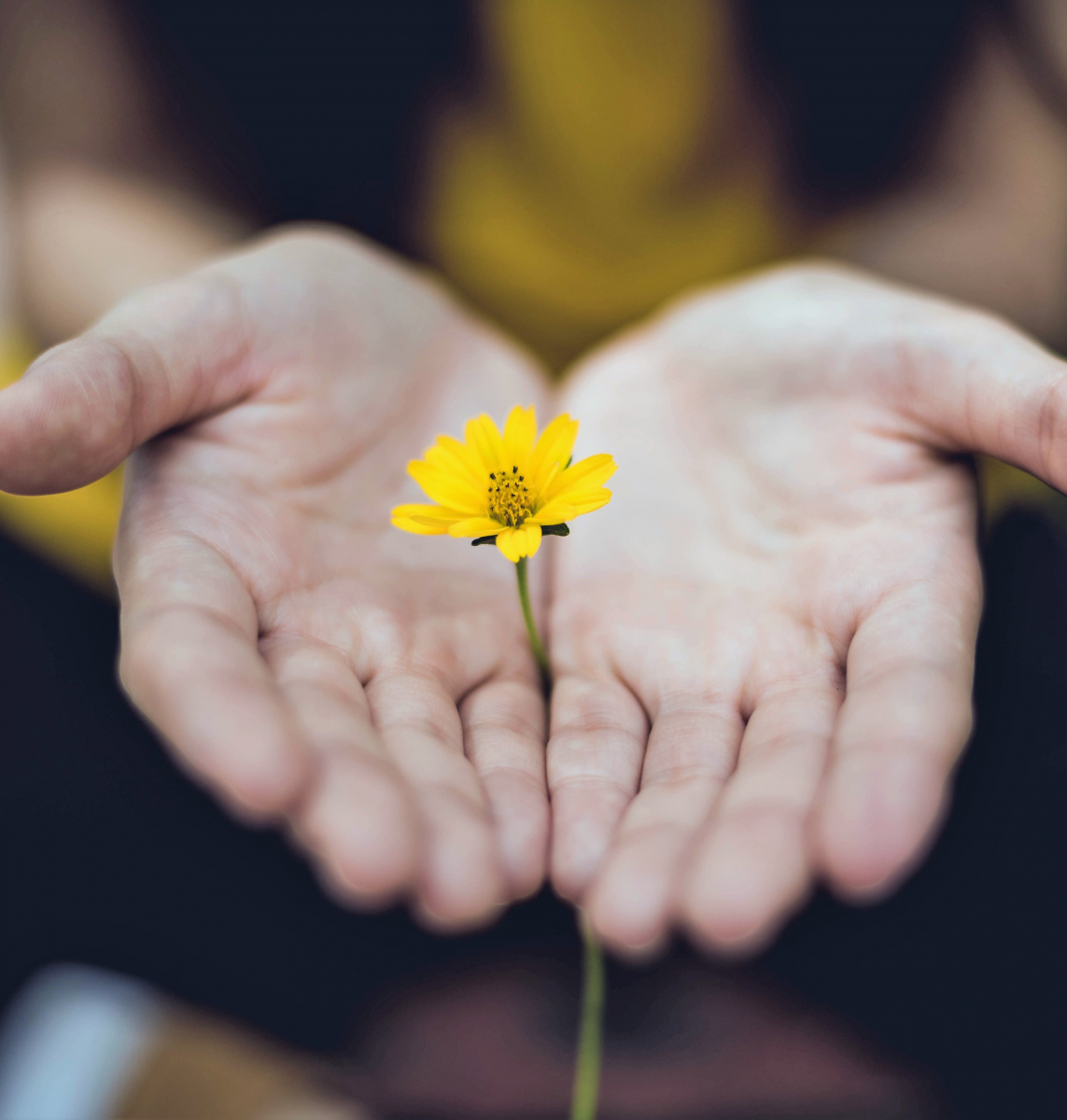 This Valentine’s day, and every day, set your joy free by practicing gratitude in the face of fear.
This Valentine’s day, and every day, set your joy free by practicing gratitude in the face of fear.
Most of us feel vulnerability – or even fear – when confronted with the possibility of joy. World renowned author Brené Brown illuminates this paradox in Atlas of the Heart: Mapping Meaningful Connection and the Language of Human Experience (2021). She confesses:
If you’re afraid to lean into good news, wonderful moments, and joy – if you find yourself waiting for the other shoe to drop – you are not alone. It’s called “foreboding joy,” and most of us experience it.
According to Brené, joy frightens us because it reminds us of what we have to lose. Joy floods us when we feel deeply connected to the people, places, and experiences we value most. At the same time, joy carries an undercurrent of vulnerability[1] that threatens our ability to soak up its benefits; resilience, strength, and courage flow from joy when we let them.
It may come as no surprise, then, that most parents feel foreboding joy with their children[2]. While joy may be the “good mood of the soul,” it takes more than a smile for it to light up our hearts. The path to wholehearted joy leads us beyond the shadow of our greatest fears. It is lined with roses; when we stop to smell and savor them, we deepen our capacity for joy with every breath through practicing gratitude.
In Brené’s words:
In the midst of joy, there’s often a quiver, a shudder of vulnerability. Rather than using that as a warning sign to practice imagining the worst-case scenarios, the people who lean into joy use the quiver as a reminder to practice gratitude.
Gratitude is a verb.[3] It is a muscle. When we practice gratitude, our capacity to feel it grows. Joy and gratitude build each other up in a virtuous cycle[4] gratitude helps us Get Along with Others, act in ways that are Compassionate & Kind, feel more Secure & Calm, and enjoy our positive emotions more. Give yourself the gift of joy by smelling the roses each and every day.
3 Ways to Boost Gratitude and Unleash Your Joy
1. Picture life without your loved ones in it.
Doing so can help you feel more grateful for the life and love you share. At the end of this activity from the Greater Good Science Center, write down all of the things you appreciate about someone you love. Sigh out the pain that picturing life without them may have caused. Breathe in relief and happiness to know them in the present. With each breath cycle, let go of the fears that have not come to pass, and relax into knowing that most of your future fears won’t happen either. If it feels comfortable, rest one hand on your chest and one hand on your stomach to support your nervous system.
2. Let the sun shine in.
Take in the physical and intangible gifts of life – the swirling clouds of a sunset, the smell of chocolate chip cookies, the coziness of your favorite sweater, the colours of the rainbow – without rejecting or resisting what they have to offer. Use all of your senses: listen, touch, taste, smell, and look for generosity in all of its forms. Learn psychologist Dr. Rick Hanson’s tips for accepting generosity here. Bonus: grow your gratitude with Dr. Hanson’s guided audio practice Being Happy for Others.
 3. Tread thankfully.
3. Tread thankfully.
Inside, outside, on the spot – any place will do for a gratitude walk. Step slowly and deliberately with a gentle gaze. Say or think something you’re thankful for each time your foot touches the ground. Learn more about being Thankful with Every Step with mindfulness expert Susan Kaiser Greenland.
Brené explains:
"When we lose our tolerance for vulnerability, joy becomes foreboding. No emotion is more frightening than joy, because we believe if we allow ourselves to feel joy, we are inviting disaster. We start dress-rehearsing tragedy in the best moments of our lives."
Brené shares that 95% of parents interviewed report experiencing foreboding joy with their children.
Gratitude has two components – an affirmation of goodness and recognition that the source of this goodness is outside of ourselves.
Learn more about what gratitude is and how to cultivate it from the Greater Good Magazine: Science-Based Insights for a Meaningful Life.
Hey Sigmund's article "The Science of Gratitude" tells us that gratitude:
- strengthens our connections with others
- reinforces generous behavior
- increases feelings of Secure & Calm
- sustains positive emotions
In Brené’s words:
"In the midst of joy, there’s often a quiver, a shudder of vulnerability. Rather than using that as a warning sign to practice imagining the worst-case scenarios, the people who lean into joy use the quiver as a reminder to practice gratitude."

